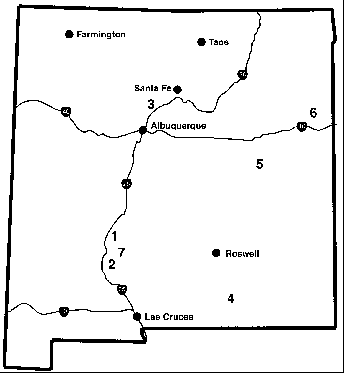
More on White and Striped Bass |
||
|
Both white bass and striped bass have so-called 'false gills' on the inside of their gill covers and three anal fin spines. Both of these bass species feed almost exclusively, and with relentless voracity, upon shad and other forage fish. WHITE BASS
STRIPED BASS
|
||
|
SPORT FISH RESTORATION ACT
P.O. Box 25112 Villagra Building Santa Fe, NM 87504-5112 (575) 827-7905 |
 |
|
 |
 |
FISHING WATERS
|
|
Learn Fishing Part II Pointers from the Pros |
Learn Fishing Part I Fishing for White and Striped Bass |
|
|
Land of Enchantment Fishing & Hunting Adventures P.O. Box 1336 Elephant Butte Lake, New Mexico 87935 Local: (575) 740-4710 |
Learn Fishing I | Learn Fishing II | Learn Fishing III | Fishing Rates | Gift Certificates | Map | Hotels | RV Parks | Site Map | Other Links
© Copyright Land of Enchantment Fishing & Hunting Adventures
www.stripersnewmexico.com